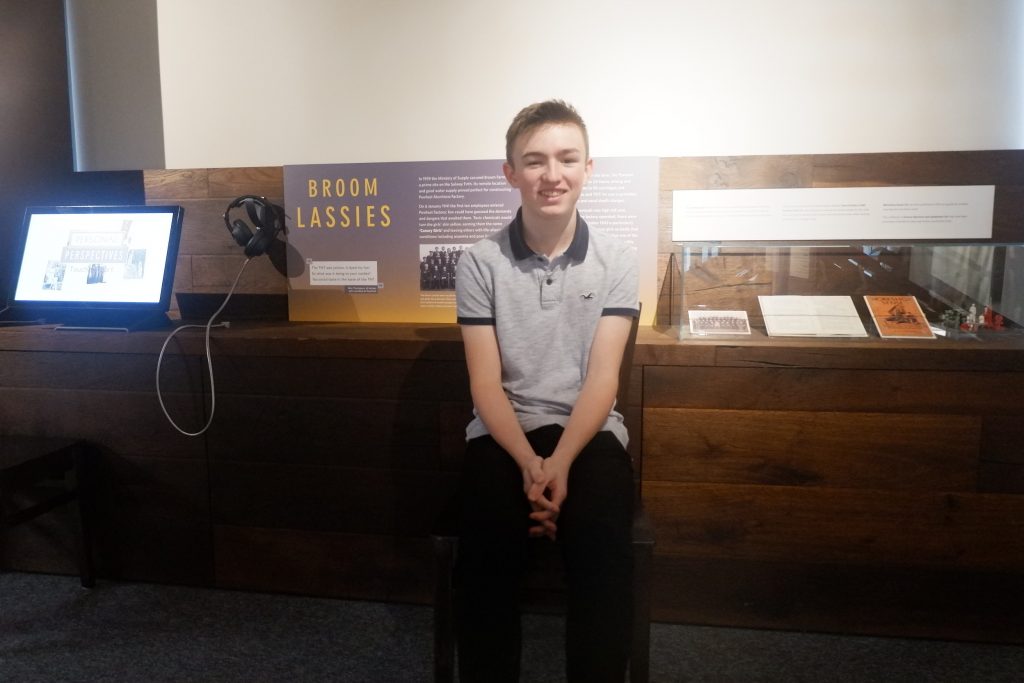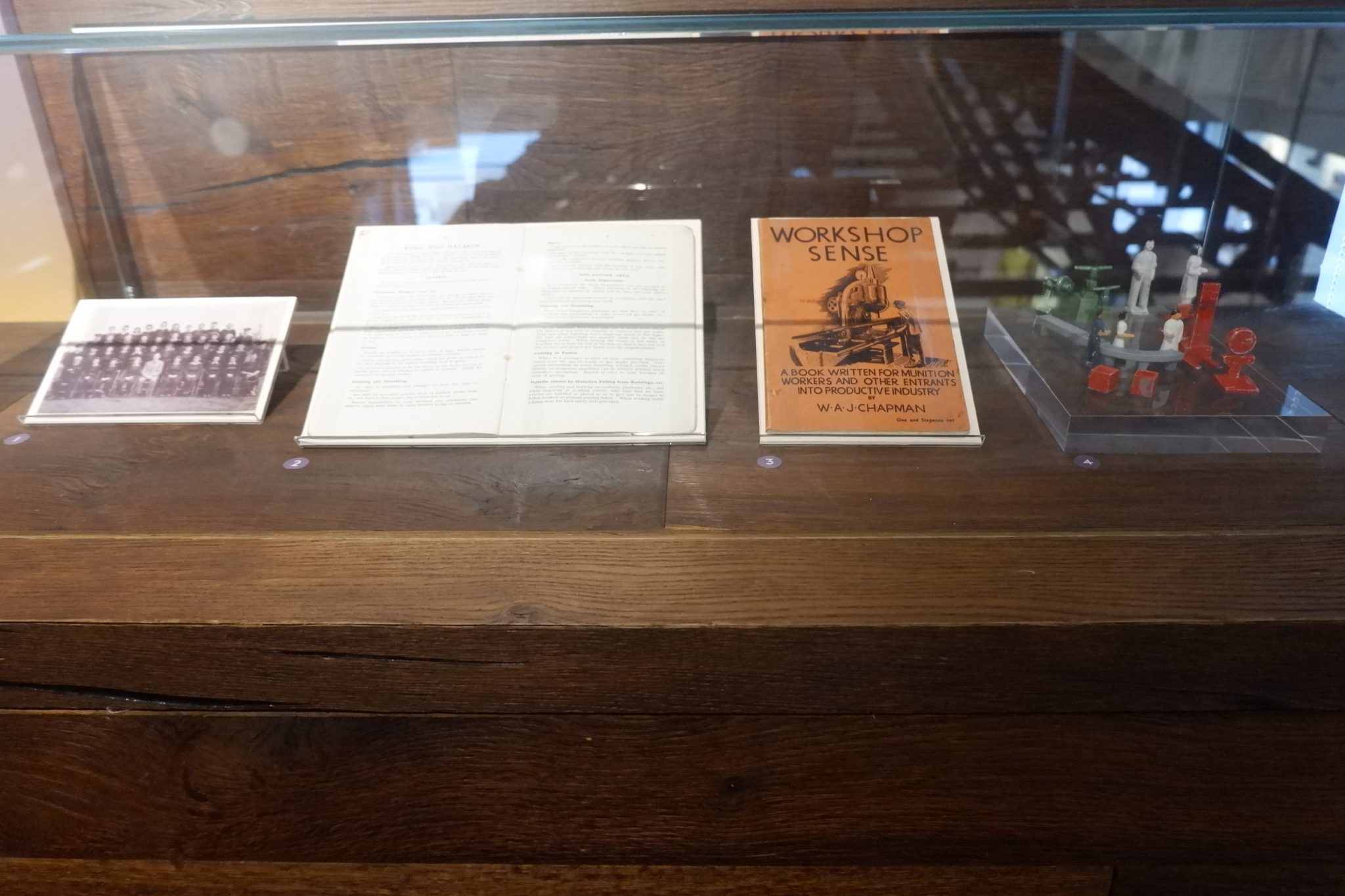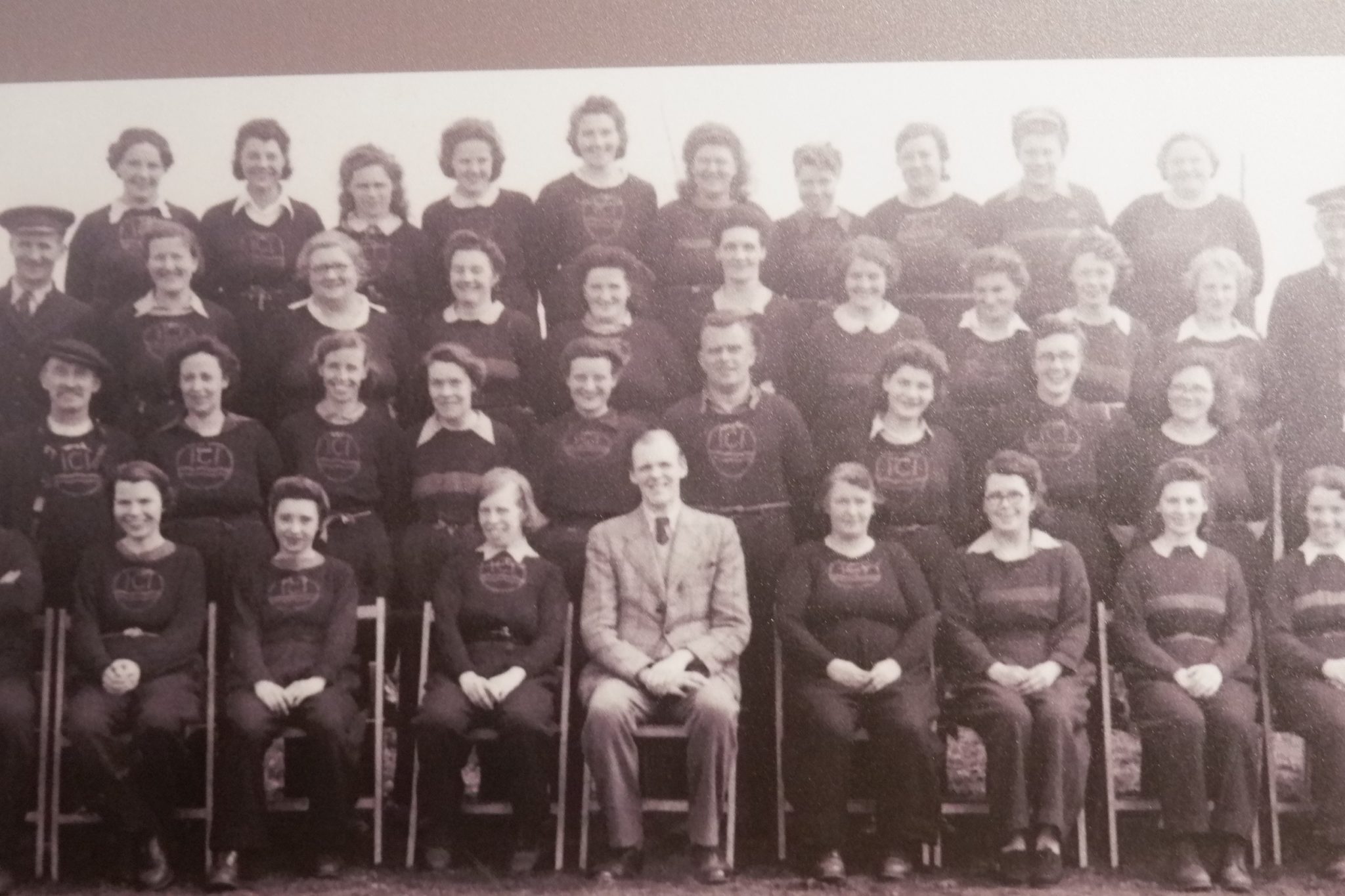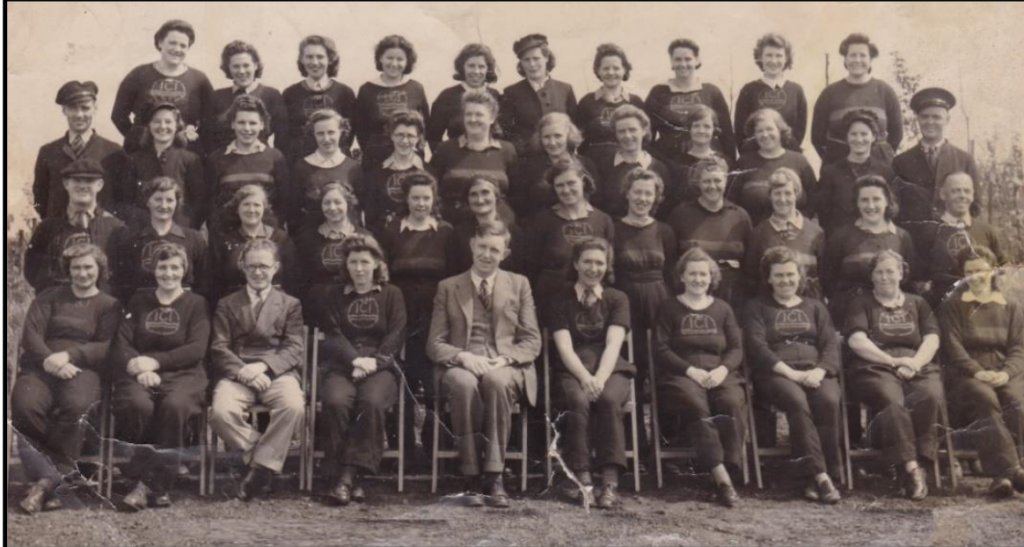
This card was issued to a worker at ICI Powfoot which was built during the Second World War. The worker which the card was given to lived in Annan. The Museum has a display within it all about ICI Powfoot and the Broom Lassies who worked there during the Second World War.
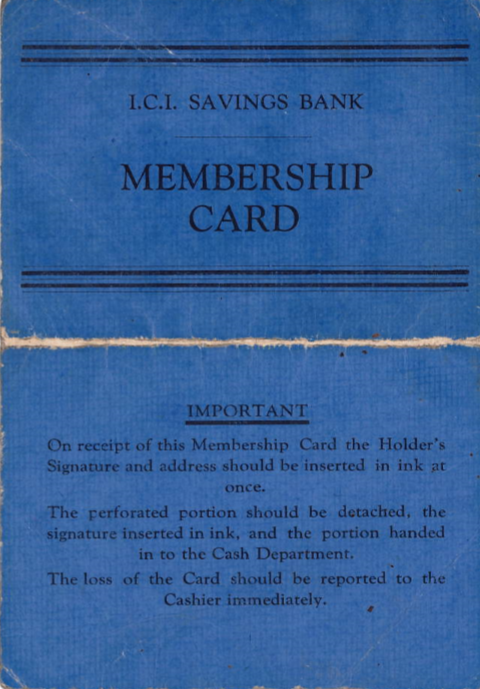
This is the front of the Membership Card which was given to all of the workers at ICI Powfoot.
In 1940 the government were looking for somewhere to build a munitions factory, they once again looked towards the Solway as an area to build their factory due to the easy access to water and good railway access to transport munitions to other parts of the country. The Ministry of Supply was responsible for ensuring there were ample supplies of explosive propellants for filling guns, shells and rifle cartridges at Royal Ordnance Factories across Britain. Thus, the Ministry worked closely with the experts of the privately-owned Imperial Chemical Industries (ICI) to manufacture the required propellants and high explosives.
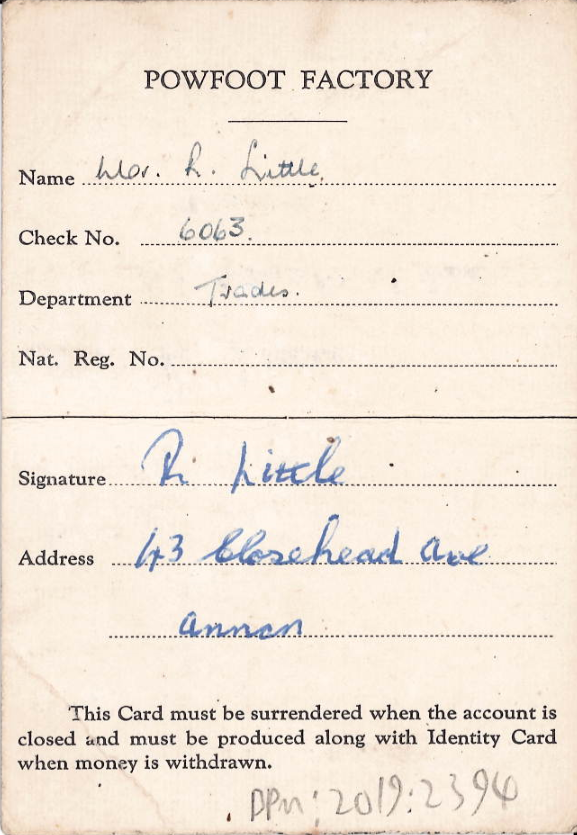
This shows the inside of the Membership Card and the details of the worker who owned it.
In early 1940, the Broom Farmhouse and outbuildings near the Victorian fishing village of Powfoot, was requisitioned by the Ministry of Supply to be used as the site for ICI Powfoot. Construction began in Spring 1940, with Edinburgh based firm A.M. Carmichael contracted to build the factory, drafting in over 600 tradesmen from both sides of the Border to ensure the site was operational by Spring 1941.
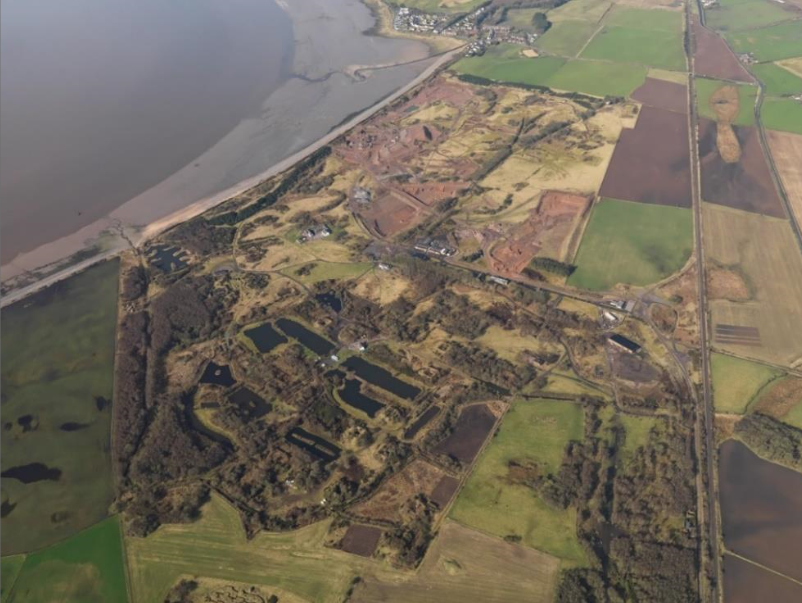
This is a photo of ICI Powfoot from above and what it looks like today.
At its peak the factory employed over 4000 people, most of which were female. The female workers at ICI Powfoot became known as the Broom Lassies as the factory was built on Broom Farm. almost 90% of single women and 80% of married women were employed in essential work for the war effort. Many women in the Annan area were forced to leave their jobs in other industries and were conscripted to work in local munitions factories, predominately ICI Powfoot.

The following books/booklets on this subject are available from the Museum’s online shop:

